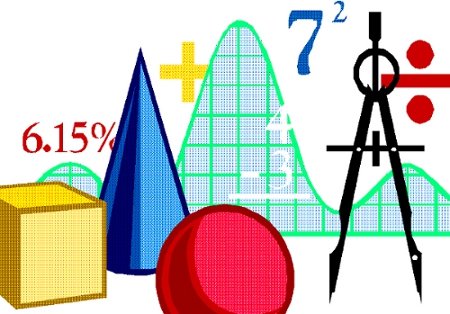America’s Math Gap

Why do U.S. students fare so poorly in mathematics compared with peers in other nations? A new study suggests a major factor may be the easier math courses American kids typically encounter, Education Week reports. The analysis, based on data from the 1999 Trends in International Mathematics and Science Study and published in the May issue of the American Journal of Education, also found wide variations in achievement among the nine states and 13 school districts that participated in the TIMSS assessment.
Students in those states and districts with less demanding math coursework performed much worse than those who faced a more challenging curriculum, according to the study by researchers at Michigan State University and the University of Oklahoma. The differences were most apparent in high-poverty districts, but the gap was still evident after controlling for student background.
“Overall, U.S. students are exposed to a less difficult school mathematics curriculum that places them at a disadvantage when compared to the students in many other countries of the world,” write the researchers, led by William H. Schmidt, an education professor at Michigan State University. “Even sadder, a student’s mathematics learning opportunities related to content coverage are deeply affected by where the student lives and in which of the 13 local school districts or nine states he or she attends school.”
The study calls the consequences “clear-less opportunity to learn challenging mathematics corresponds to lower achievement.”
Filed under: K-12 Education News
Tags: Curriculum, International K-12 Education, Math, Math teachers, Mathematics, Research on Learning








